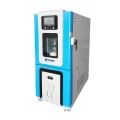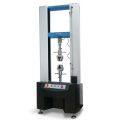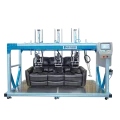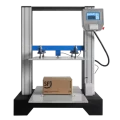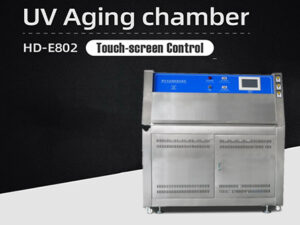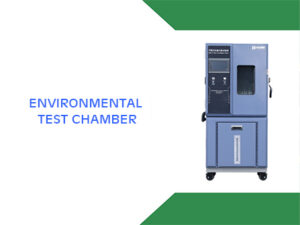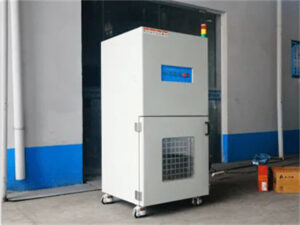Constant temperature and humidity test chambers are widely used in aerospace, information, electronics, and other fields to determine the environmental adaptability and reliability of instruments, electrical products, materials, parts, and equipment under low pressure, high temperature, low temperature, or both. The test, and the electrical performance parameters of the test piece can be measured at the same time, which will provide you with the basis for pre-improving and improving product quality and reliability.
The constant temperature and humidity test box mainly consists of five major parts: refrigeration system, heating, humidity, air supply circulation, and control.
The refrigeration system is one of the key parts of the constant temperature and humidity test chamber. It usually adopts mechanical refrigeration and auxiliary liquid nitrogen refrigeration. The mechanical refrigeration is mainly composed of a compressor, a condenser, an evaporator and a throttling mechanism.
The refrigeration system consists of high temperature and low temperature parts, and each part is a relatively independent refrigeration system. The evaporation of the refrigerant (refrigerant) in the high temperature part absorbs the heat of the refrigerant from the low temperature part, and the evaporation of the refrigerant in the low temperature part absorbs heat from the air in the box to obtain cold capacity, and the evaporative condenser combines the high temperature part and the low temperature part. Partially linked.
The heating system is mainly composed of high-power resistance wires, which is relatively simple compared to the refrigeration system.
Humidity is divided into two subsystems, humidification and dehumidification. The humidification system is generally purchased with the steam humidification method, and the low-pressure steam is directly injected into the test space to humidify, which is characterized by fast speed and sensitive control.
There are two common dehumidification methods: mechanical refrigeration dehumidification and dry dehumidification. Mechanical refrigeration dehumidification is a commonly used dehumidification method. Its principle is to cool the air below the dew point temperature, so that the water vapor greater than the saturated humidity can condense and precipitate, so that the humidity can be reduced. Drying and dehumidification is to use an air pump to pump out the air in the box and use it for cyclic drying, inject dry air into the box, and repeat the cycle for dehumidification. It is suitable for special occasions, but the cost is more expensive.
The control system is the core of the constant temperature and humidity test box, and functions such as the heating and cooling rate, accuracy, and fluctuation are realized by the controller software.
The controller generally adopts a combination of PID control or fuzzy control, so as to achieve stable and reliable performance of the constant temperature and humidity chamber.
Haida constant temperature and humidity test box provides you with accurate, efficient and professional testing instruments, so that every enterprise has high-quality testing instruments is the diligent pursuit of Haida!


